Do these pictures have any relevance for anyone?
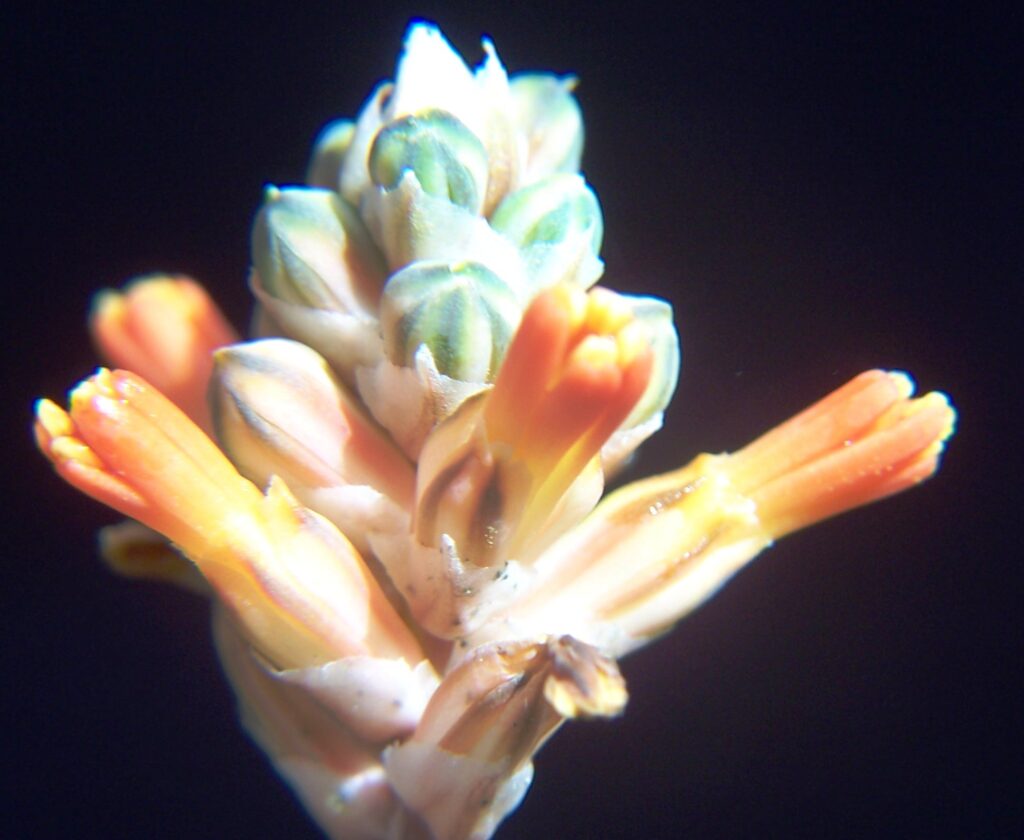
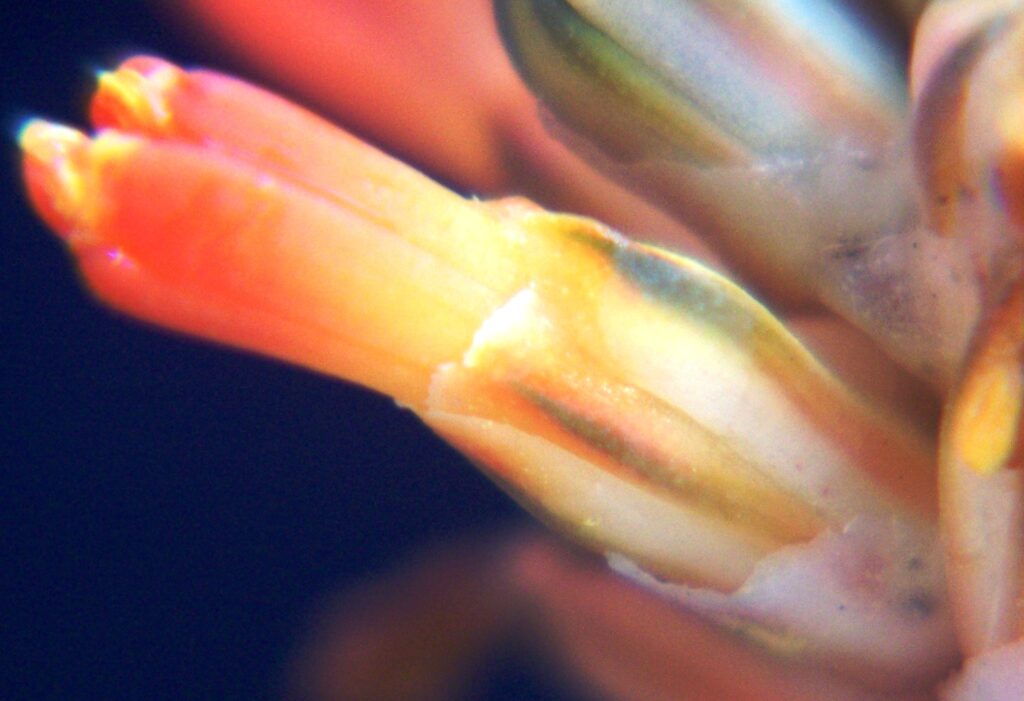
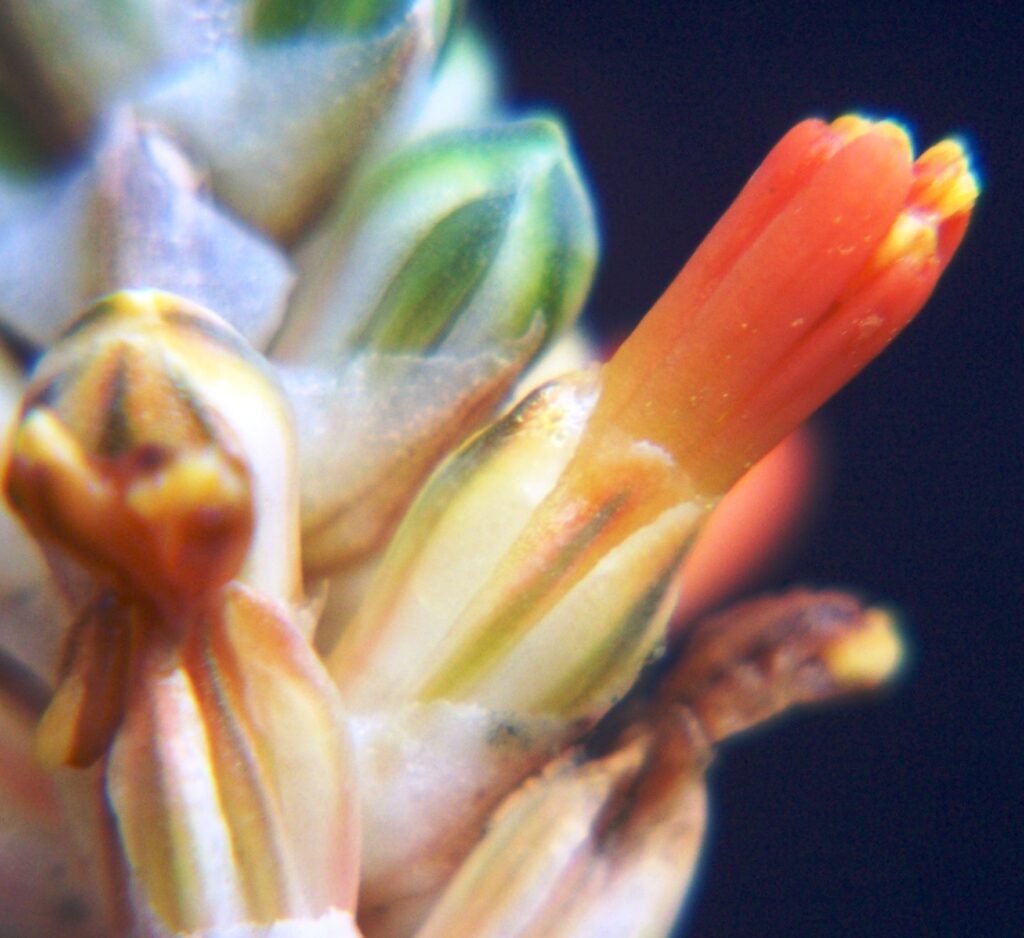
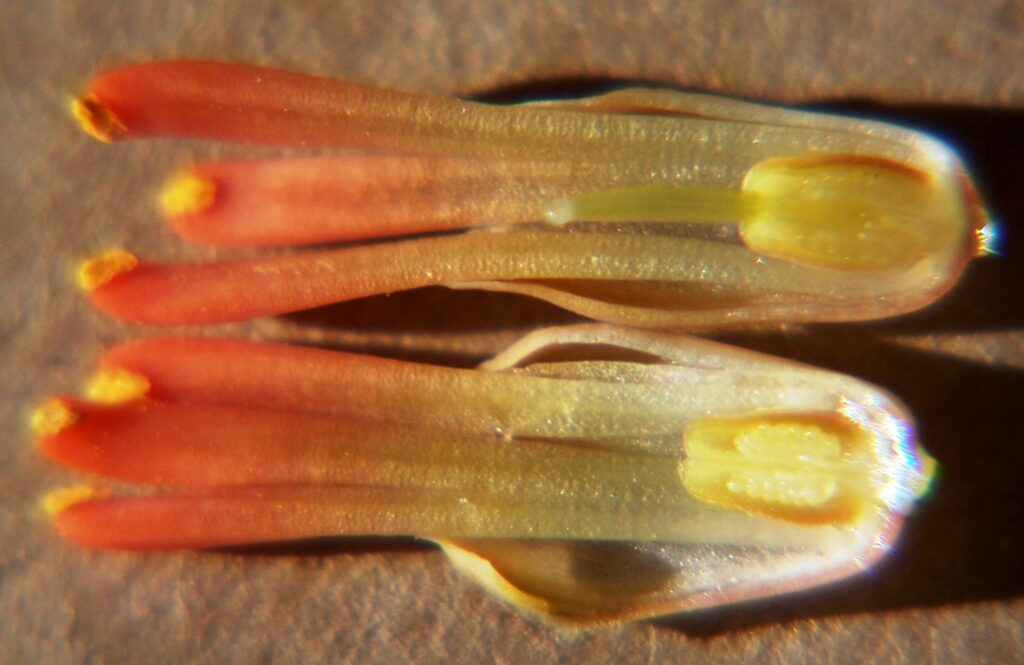
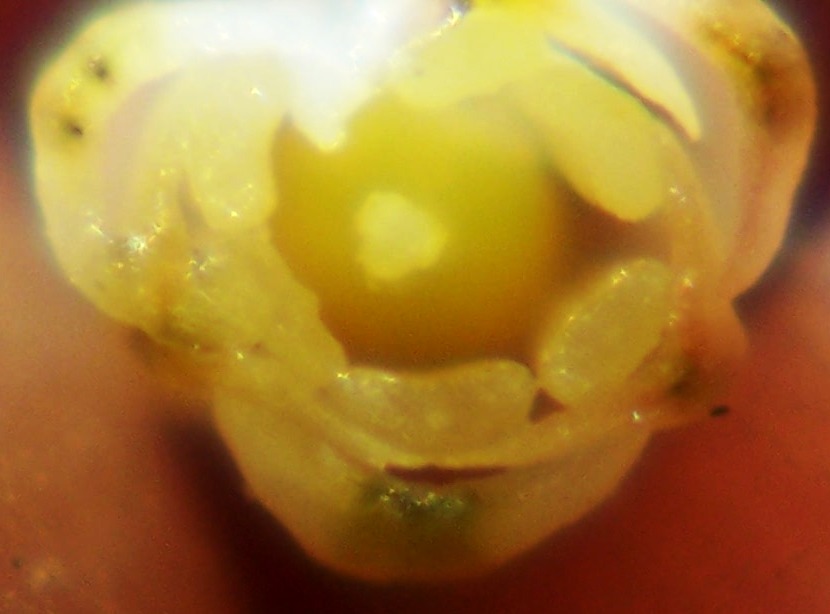
Or these …
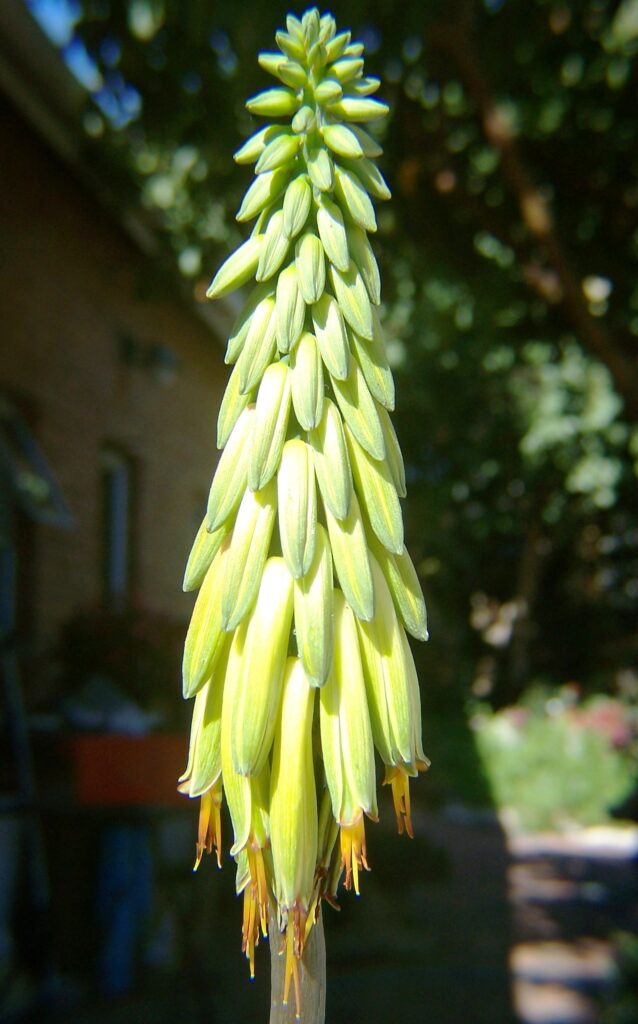
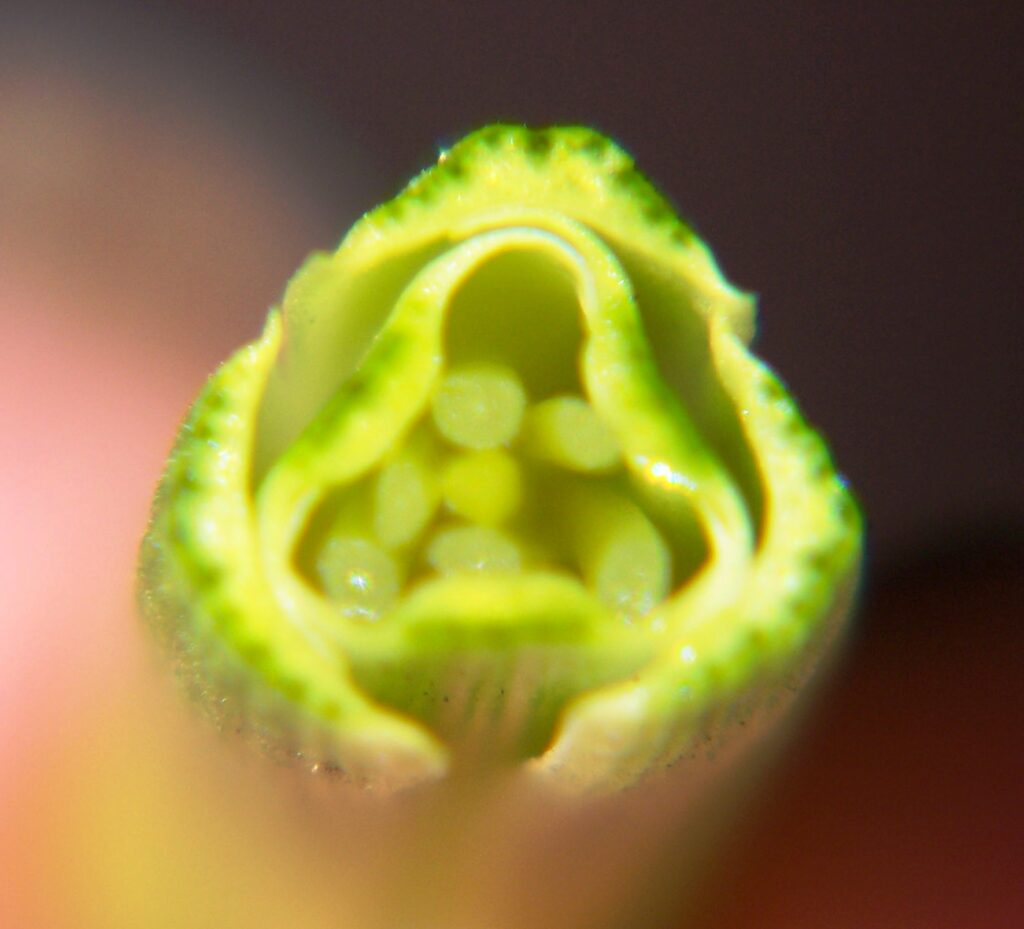
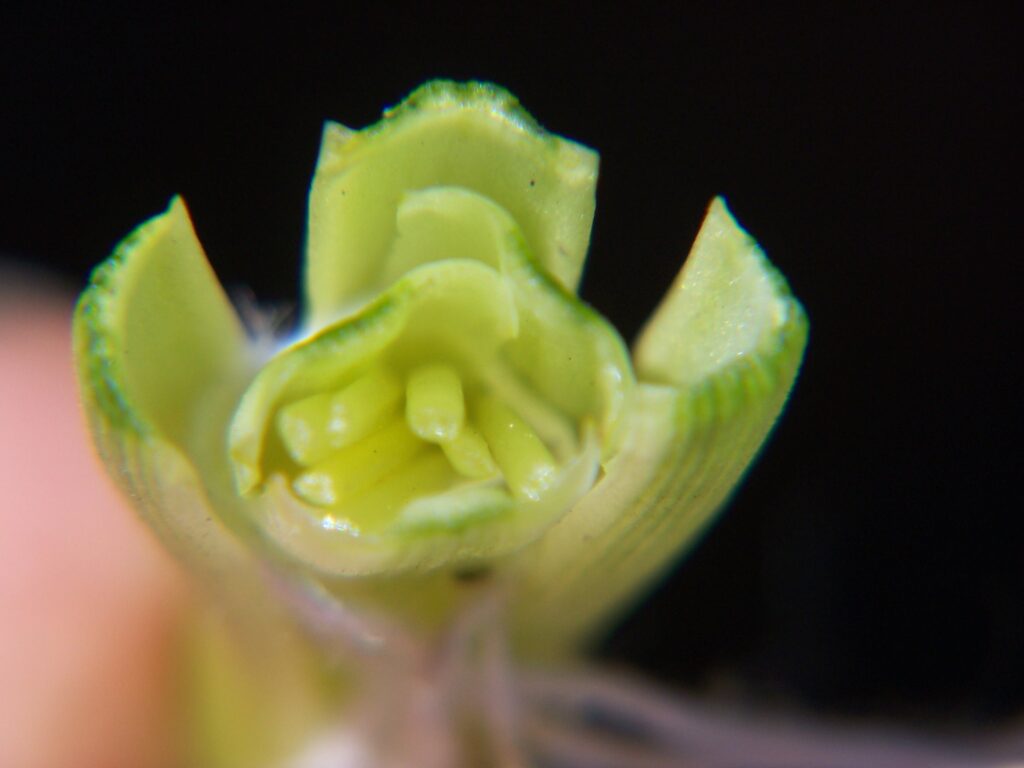

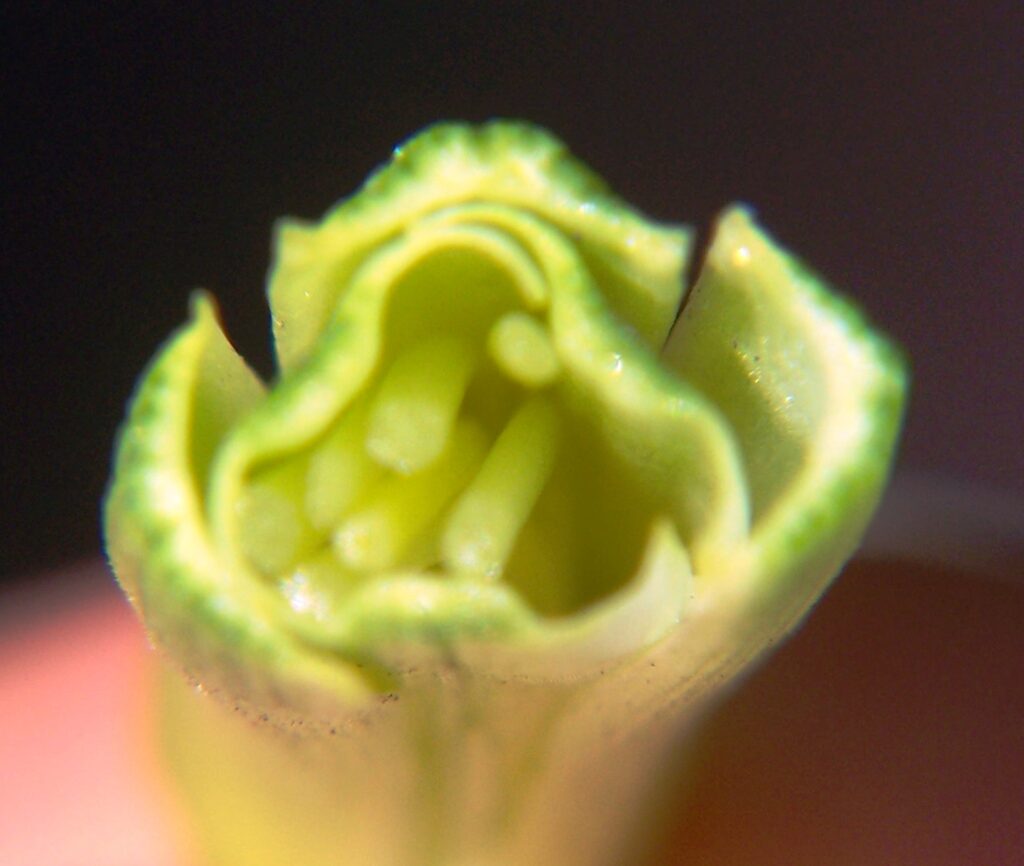
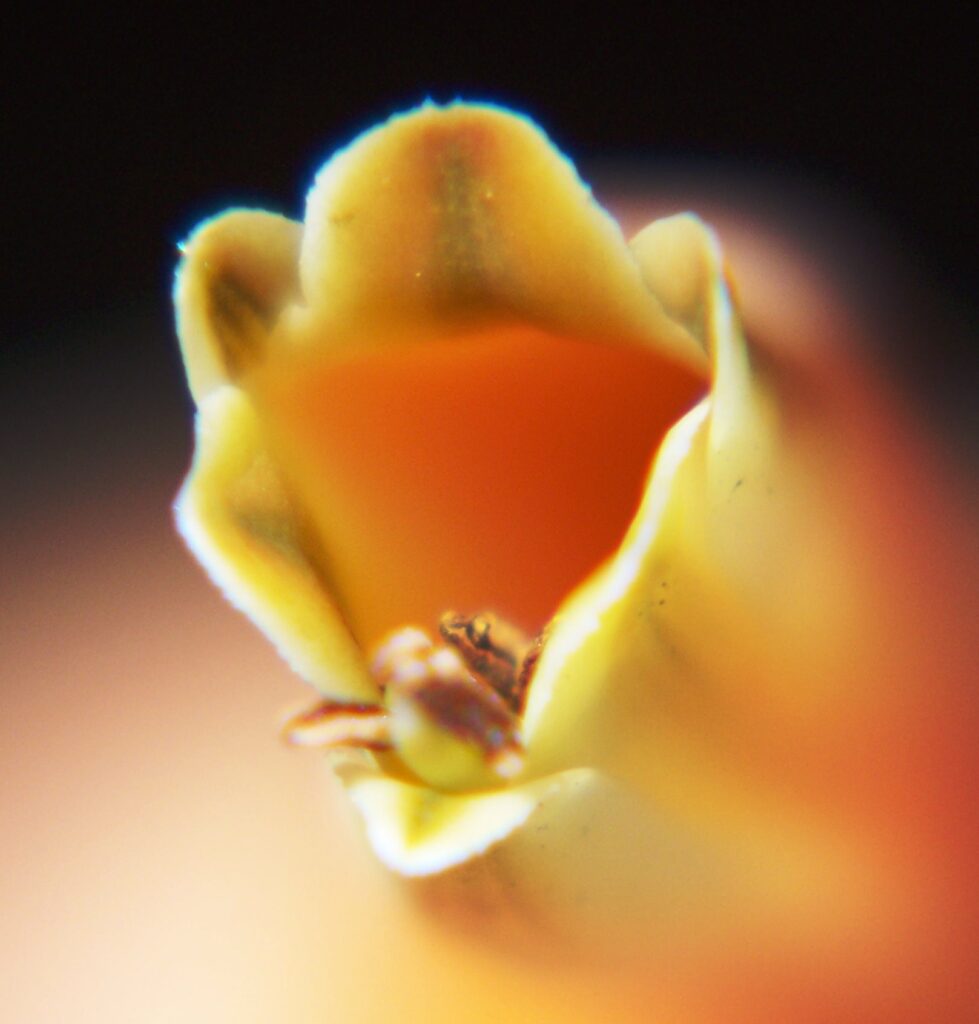
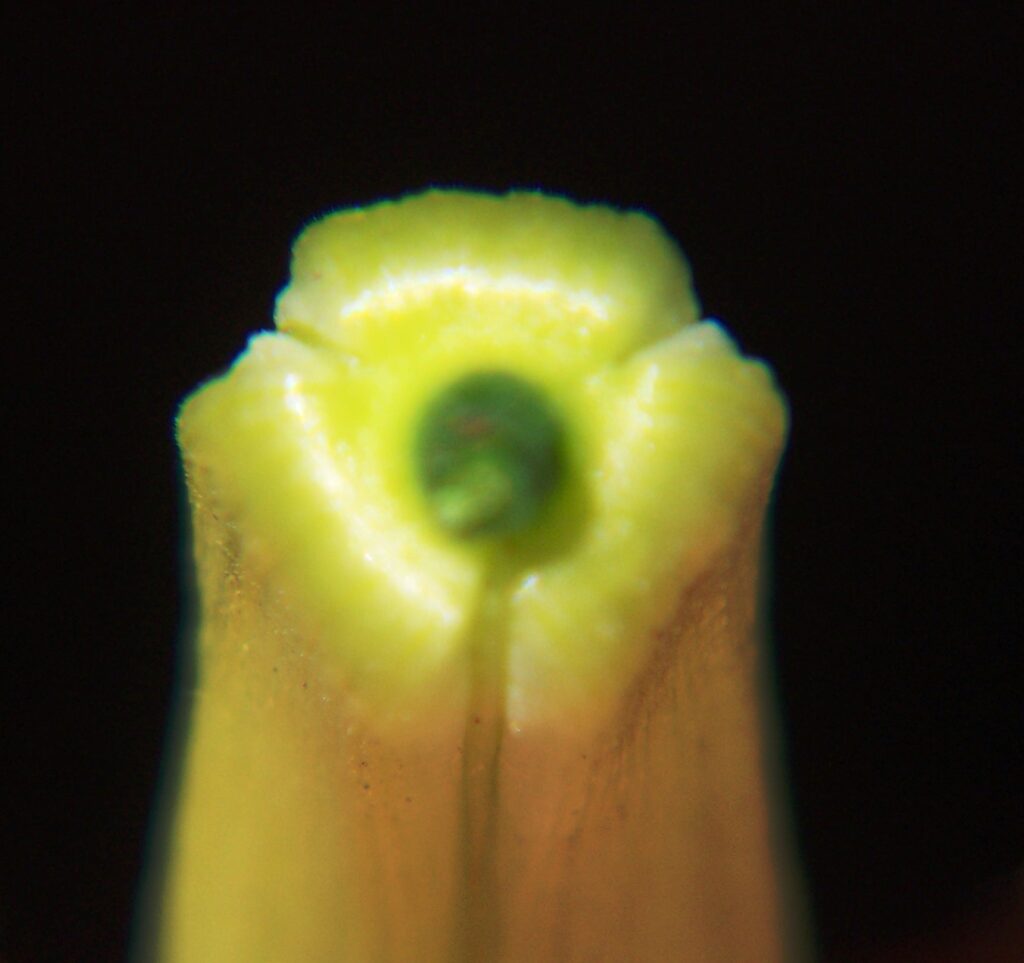
Aloe haworthioides and Aloiampelos striatula. What this has to do with Haworthia is demonstrate that DNA sequencing is highly suspect as a sure fire answer to classification problems. If we take Aloe haworthioides as an example, you will, or should have, read that piece out of Updates Vol 6. It explains the morphological oddity that it is. If you now refer to the paper by Manning et. al. that creates the aloid genera in Asphodelaceae for SANBI (South African Biodiversity Institute), a problem emerges. In the concatenation of the plastid region sequences, A. haworthioides is in the same clade as A. greatheadii, A. excelsa, A. de winteri and A. petricola. But with the nuclear region sequencing the clade includes A. lutescens, A. comosa, A. rupestris, A. munchi and Chortolirion angolense. In both cases, a more probable bunch of misfits you cannot imagine. Admittedly the statistical probabilities for the significance of the branching are poor. But this belies the extraordinary statement in the paper that evidence of a reticulated relationship as opposed to the evolutionary linear one, is obvious by its absence.
If we look at Aloiampelos (not Aloe anymore) striatula, the plastid sequencing places it with A. graciis, A. tenuior, A.ciliaris and A. commixta. With the nuclear sequence added, the arrangement stays the same. Seems OK until you consider, does the vegetative growth of A. striatula resemble that of the others? I do not think so. Furthermore it is geographically powerfully separated by its occurrence in the high mountains of the interior Eastern Cape, whereas the others are in the near coastal or lower lying areas. So what is the problem? Look at the flower of A. striatula. It is rather roughish but the remarkable thing is that instead of a petal/sepal arrangement in which there are the normal two upper outer sepals and one single lower outer sepal, with a single inner upper sepal and two inner lower ones, in A. striatula the situation is completely reversed. The flower is grossly different. The morphology of these two species in my opinion makes a mockery of sequencing as a sure-fire answer to classification. Add to this my experience with several sequencing projects, providing the material according to a pre-determined hypothesis and being ejected from the projects by questioning the results with new hypotheses written to fit; my confidence in science is fragmented.
Furthermore, examination of the Haworthia clades in both phyllograms of the Manning paper demonstrates very poor resolution. What there can be extracted is that the relationships are highly reticulate. This adds to my contention that any phyllogram (evolutionary tree) drawn in the two dimensions of the flat plane are totally misleading. This is obvious if you resort to a proper species definition of objects changing in geographic space and in time.
NOTE: I have to confess that I am a bit puzzled by the one picture of mine showing the end face of the flower that appears to show a single inner upper sepal. The cross-sections prove the odd arrangement. These pictures are from many years ago and my memory fails me. ♦
